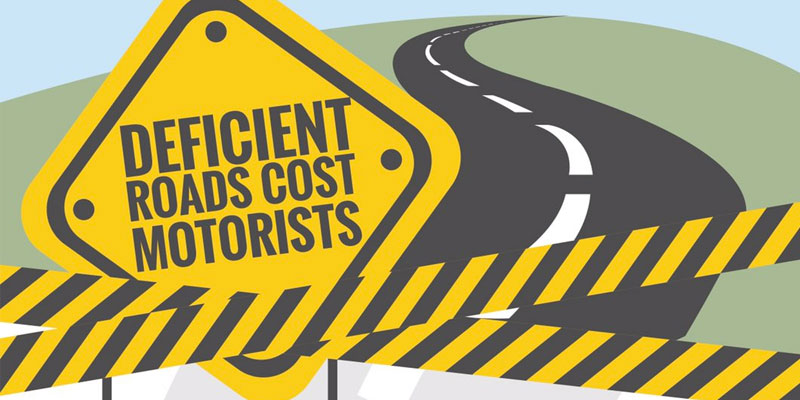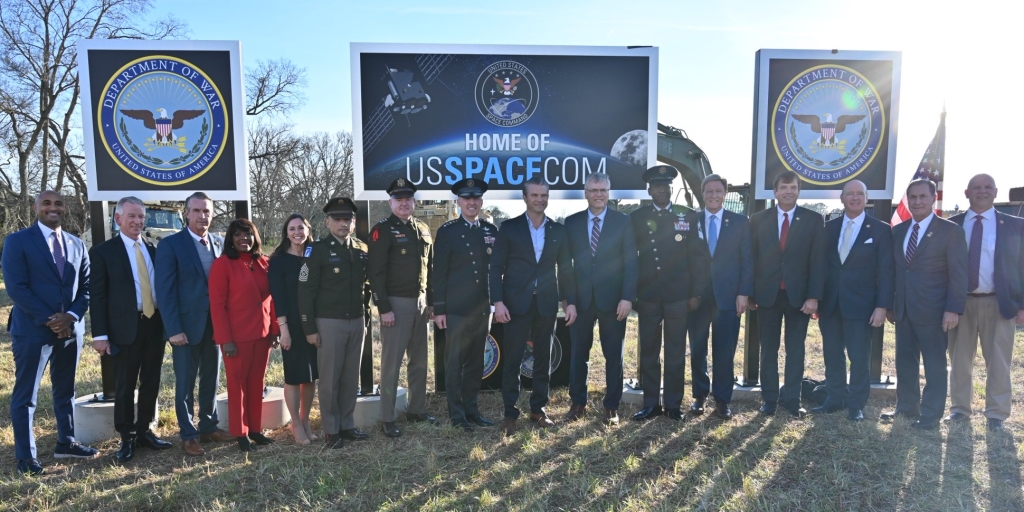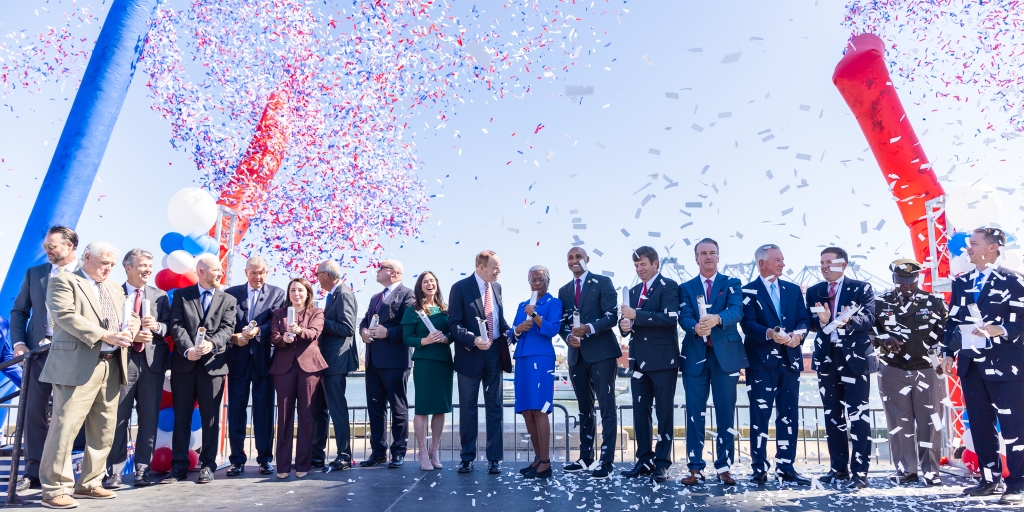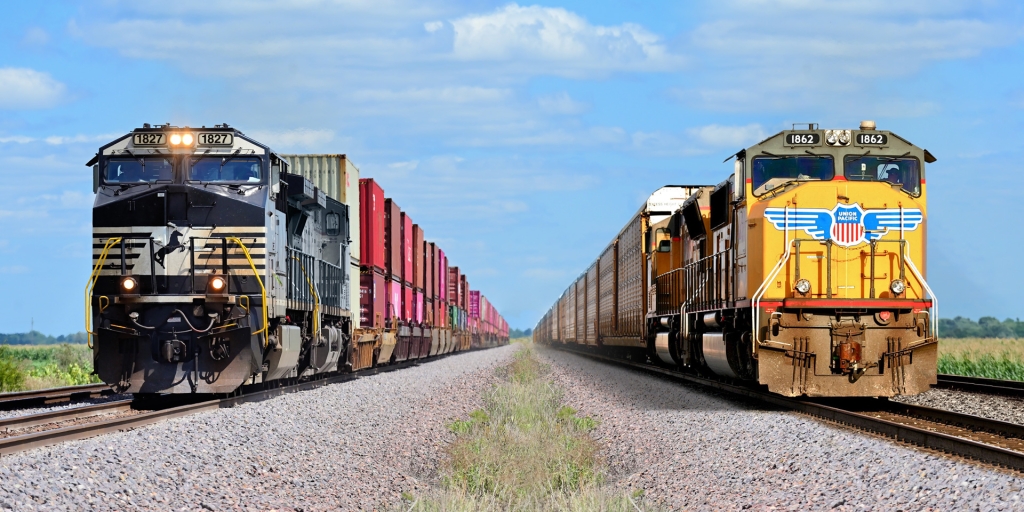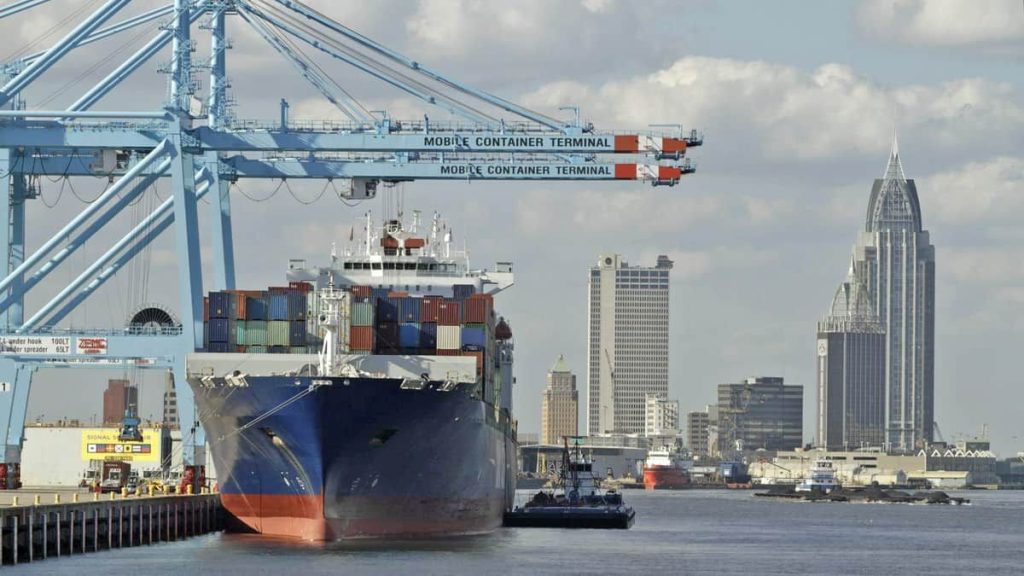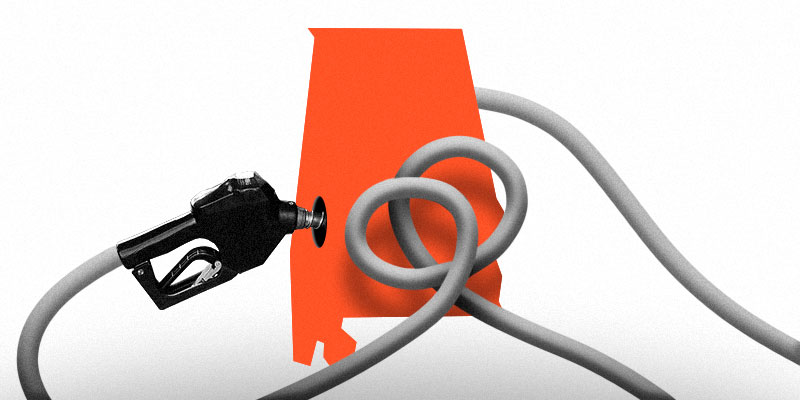MONTGOMERY — A nonpartisan, in-depth report on the state of Alabama’s infrastructure conditions released Tuesday confirms what previous research has shown: inadequate infrastructure funding is costing the average Alabamian hundreds of dollars in extra repair and operating costs, in addition to lost time.
TRIP, a national transportation research group, broke its Alabama research into seven regional reports, besides releasing its statewide findings. The group also organized local press conferences corresponding to the seven regional reports, with Montgomery, Birmingham, Tuscaloosa and Anniston occurring Monday, followed by Decatur-Huntsville, Mobile and Florence on Tuesday.
While the average Alabamian anecdotally can attest to the need for improved infrastructure across the state and in their own community, TRIP’s reports turn those everyday frustrations into tangible numbers and real dollar amounts. From a public policy standpoint, the data is invaluable — and eye-opening.
The bottom line
For state legislators set to consider Governor Kay Ivey’s infrastructure plan (which will be announced Wednesday), one of the unmissable facts in the report is that the buying power of the current state gas tax is now less than 50 percent of what it was in 1992 when the tax was last adjusted.
Additionally, TRIP’s report conclusively shows that raising the gas tax by a reasonable number will actually put considerable money back in the average Alabamian’s pocket because of savings related to vehicle crash and operating costs alone.
The research advised that the total amount of vehicular operating costs caused statewide by deficient infrastructure is $2 billion annually. The financial cost of excess traffic crashes due to insufficient infrastructure is an additional $1.8 billion every year.
The third type of cost associated with infrastructure needs is that of lost time and wasted fuel due to congestion. TRIP said that another $1.5 billion is wasted annually across Alabama in this important category.
Added together, these three separate costs associated with underfunded Alabama infrastructure amounts to $5.3 billion per year — a staggering amount of money that is largely coming out of the pockets of hardworking families across the state.
“Due to inadequate state and local funding, 30 percent of major roads and highways in Alabama are in poor or mediocre condition. Driving on rough roads costs the average Alabama driver $507 annually in additional vehicle operating costs [alone],” the report explained.
“From 2013 to 2017, 4,507 people were killed in traffic crashes in Alabama,” the research said. “Traffic crashes imposed a total of $5.5 billion in economic costs in Alabama in 2017 and traffic crashes in which roadway features were likely a contributing factor imposed $1.8 billion in economic costs.”
Then, when it comes to congestion-related costs, TRIP wrote, “The state’s roads are seeing unprecedented levels of traffic, with the number of vehicle miles of travel per lane mile in Alabama increasing 40 percent from 1990 to 2015. Congested roads choke commuting and commerce and cost Alabama drivers $1.5 billion each year in the form of lost time and wasted fuel. In the most congested urban areas, drivers lose up to $990 and nearly one full work week per year sitting in congestion.”
Broken down regionally, the total annual cost of insufficient infrastructure to the average Alabamian is $1,301 in Anniston-Oxford-Gadsden, $1,846 in Birmingham, $1,467 in Florence, $1,307 in Decatur-Huntsville, $1,576 in Mobile, $1,339 in Montgomery and $1,713 in Tuscaloosa.
Jobs, jobs, jobs
In addition to the tremendous amount of money that insufficient infrastructure costs the average Alabamian, industrial and economic development are also severely impacted.
“The health and future growth of Alabama’s economy is riding on its transportation system,” TRIP noted.
“Each year, $432 billion in goods are shipped to, from and within sites in Alabama, mostly by truck. Increases in passenger and freight movement will place further burdens on the state’s already deteriorated and congested network of roads and bridges,” the report outlined. “The design, construction and maintenance of transportation infrastructure in Alabama support 65,068 full-time jobs across all sectors of the state economy. These workers earn $2.1 billion annually. Approximately 940,000 full-time jobs in Alabama in key industries like tourism, retail sales, agriculture and manufacturing are completely dependent on the state’s transportation network.”
Recommendation
TRIP emphasized that the buying power of the state gas tax, last adjusted in 1992 “has been more than cut in half by inflation and increased fuel economy.”
Unfortunately, this means that the vast majority of Alabama’s current transportation budget is devoted to preserving the existing system rather than adding needed capacity.
TRIP explicitly affirmed a separate 2019 report by the University of Alabama’s Alabama Transportation Institute and Alabama Transportation Policy Research Center that said, through 2040, the Yellowhammer State should be spending a minimum of $600 million annually on additional roadway capacity to allow the state to be economically competitive.
“An annual investment of $800 million in additional roadway capacity would optimize Alabama’s economic opportunities,” TRIP concluded.
Montgomery press conference
At the capital city’s regional press conference Monday morning, a researcher and co-author of the TRIP report spoke alongside local officials and Alliance for Alabama’s Infrastructure Executive Director Drew Harrell.
TRIP’s Carolyn Kelly said, “[W]ithout additional funding, Alabama’s roads and bridges may deteriorate further, the already-high traffic fatality rate may rise even more and drivers and businesses will lose time and money stuck in congestion in a deficient system.”
She said that the longer Alabama waits to address the issue, the more it will cost.
“While the [annual] costs are already startling high, they’ll grow even higher in the future without adequate transportation funding and without an adequate effort to improve the condition and the efficiency of Alabama’s transportation network,” Kelly advised. “The reality is the state faces a significant and growing transportation shortfall.”
“Increasing investment in Alabama’s network of roads, bridges and transit is vital to boosting the state’s economy and the quality of life of its residents,” she added.
Montgomery Mayor Todd Strange also stressed that investing in the Port of Mobile must be a statewide infrastructure priority, as the port’s economic impact is felt all across Alabama.
As it turns out, Alabama drivers are already paying for roads. Except these are bad roads, congested roads and unsafe roads. Alabama drivers waste $5.3 billion a year in additional vehicle maintenance costs, wasted fuel, lost time, and more on AL roads. #FixALroads #alpolitics pic.twitter.com/gxstQZVOQT
— Drew Harrell (@DrewHarrell22) February 25, 2019
RELATED: Legislators move to add accountability, transparency to infrastructure spending
Sean Ross is a staff writer for Yellowhammer News. You can follow him on Twitter @sean_yhn




